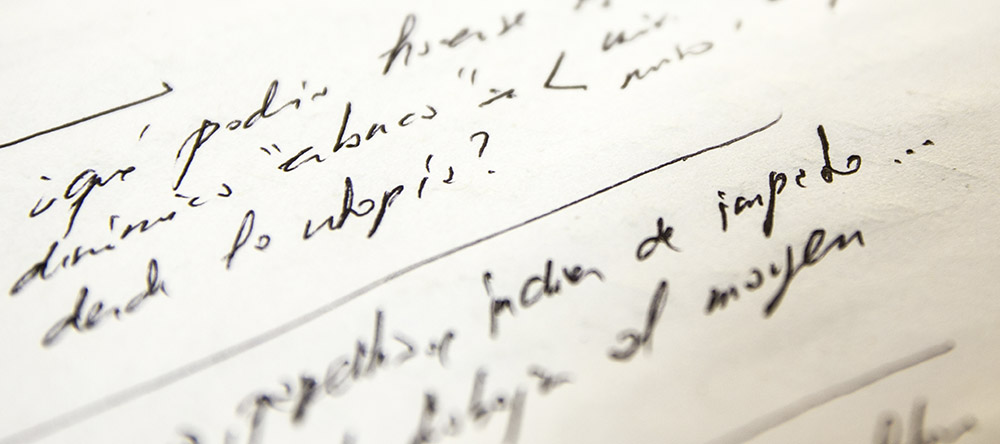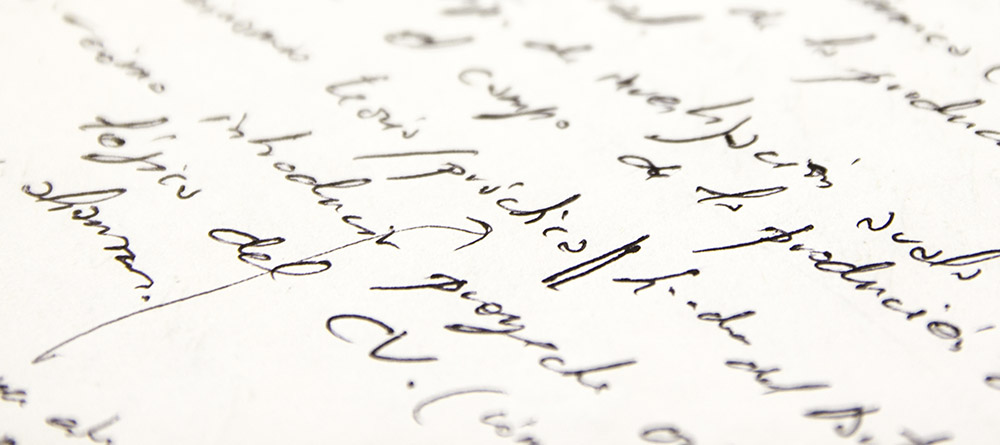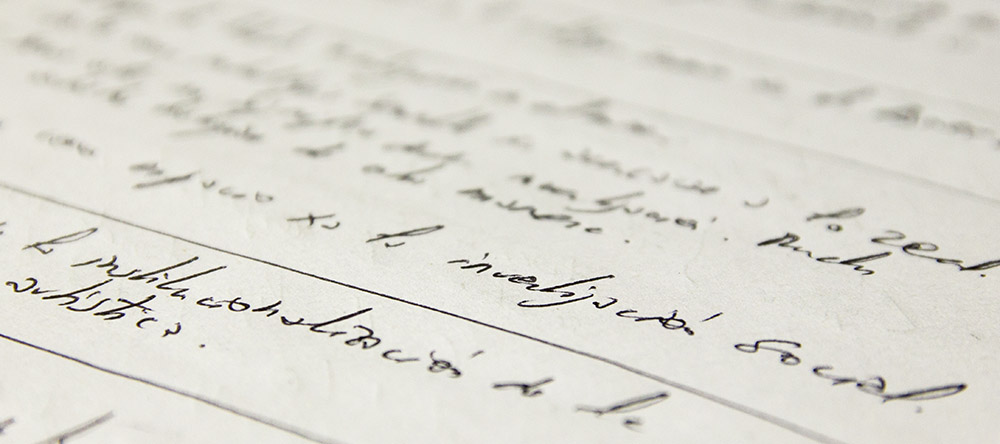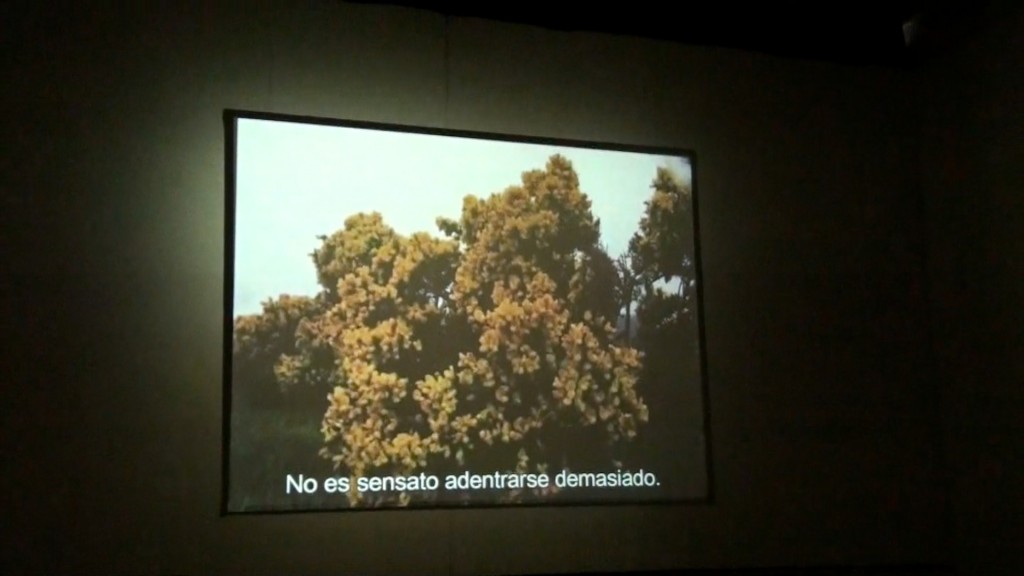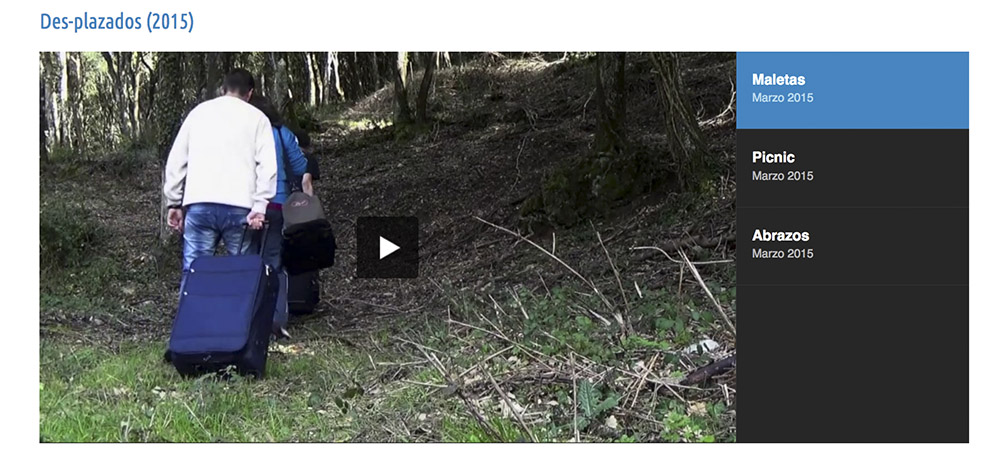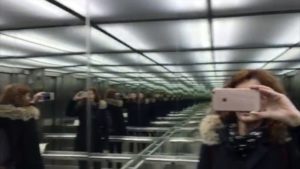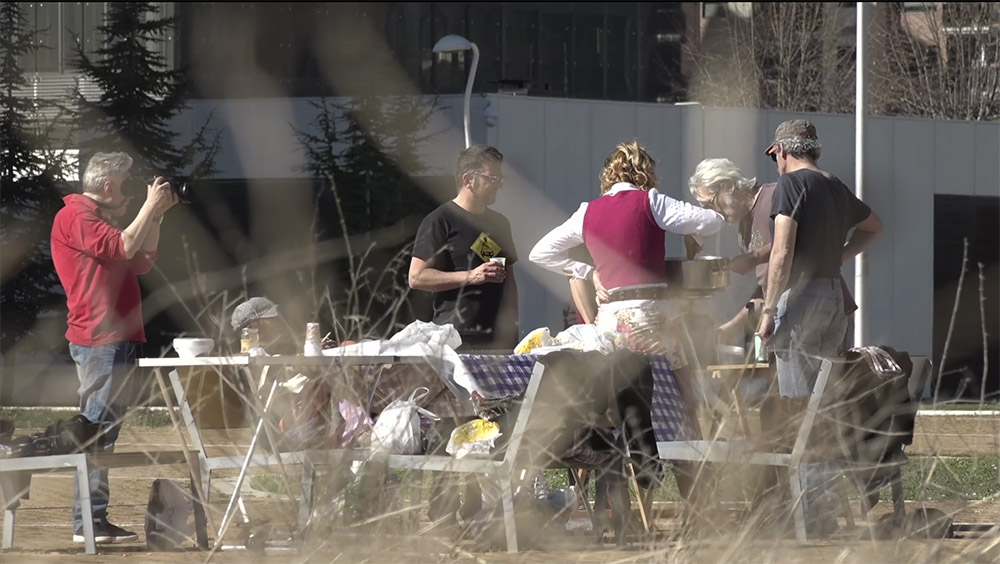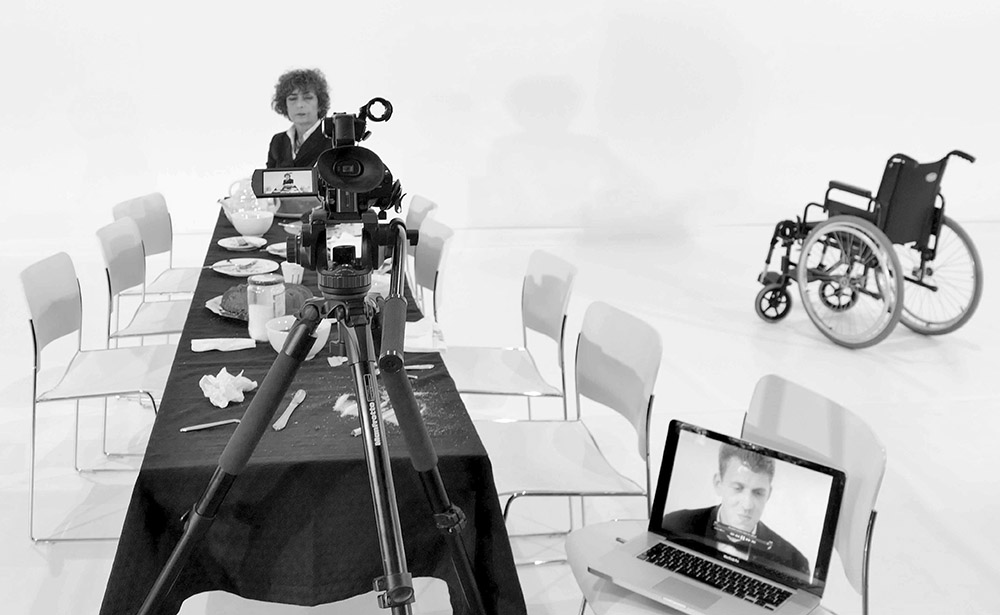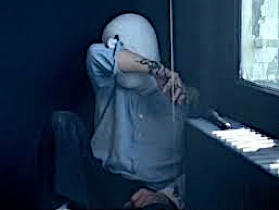Desde hace algunos años, como consecuencia del llamado “giro educativo” en los museos de artes visuales, es habitual que estos centros, especialmente aquellos dedicados al arte contemporáneo, cuenten con un departamento dedicado a actividades educativas que invite a artistas, comisarios, teóricos, etc. a proponer talleres, cursos e, incluso, en los casos más audaces, experiencias o situaciones que contribuyan a la elaboración o desarrollo de una obra artística colectiva. La continuidad en el tiempo de esta tipo de prácticas contribuye a la generación de una especie de campo educativo alternativo en el que predomina la experimentación y lo lúdico, difuminan los límites entre docente y alumnado y, sobre todo, contribuyen a crear comunidad.
Cuando uno, en calidad de artista y de docente, ha disfrutado tanto de experiencias en ese ámbito como en la enseñanza formal reglada propia de la universidad, es inevitable que surjan comparaciones, preguntas y reflexiones: ¿Por qué algunas propuestas funcionaban bajo un paraguas y fracasaban en otro? ¿Qué conclusiones extraía el alumnado pero también uno mismo de cada práctica en uno y otro campo? ¿Qué trasvases son razonables y cuáles una quimera?
Mi trayectoria profesional se ha desarrollado en ambas áreas. En este punto, considero necesario explicar el punto de partida de la gran mayoría de los proyectos educativos desarrollados por el colectivo Los Hijos, en el seno del cual inicié mi actividad docente antes de modelar mi trayectoria actual individual. Desde un inicio, pretendíamos explorar las posibilidades del lenguaje y del registro audiovisual como herramienta para obtener algún tipo de conocimiento o expresión relevante -ya fuera a través de la observación etnográfica, en algunos casos, o ejercicios de introspección, en otros, y dependiendo del curso o de la sesión-. Lo que sí considerábamos importante es que el proceso y no tanto el resultado -si lo hubiere- fuese propio del medio audiovisual, es decir, que no se hubiera podido llegar a las mismas conclusiones ni desarrollado las mismas destrezas a través de otra disciplina, por ejemplo la escritura.
La primera toma de contacto fue un curso para adolescentes llamado “De David Villa a Bill Viola”, impartido en el Centro de Arte 2 de Mayo (CA2M) en 2012, que constaba de 12 sesiones de 90 minutos y en el que se pretendía ofrecer una panorámica, desde un punto de vista lúdico y experimental, sobre maneras de trabajar el audiovisual desde enfoques no necesariamente mainstream, favoreciendo e impulsando la autonomía del alumnado a la hora de usar dispositivos con los que hacer sus prácticas.
Los alumnos procedían de institutos de enseñanza secundaria de la ciudad de Móstoles que colaboraban habitualmente con el CA2M. La propia institución ponía a su disposición tanto sus espacios como su equipamiento audiovisual. Entre las prácticas que solicitamos y que les animamos a realizar en sus entornos familiares o educativos, se podrían citar la elaboración de un plano secuencia con un desplazamiento, la adaptación audiovisual de una obra procedente de otra disciplina o la confección del retrato de alguien sin recurrir a la entrevista.
Las prácticas, en general, fueron sorprendentes y reveladoras a varios niveles. Por un lado, por la expresividad y creatividad de unas miradas, hasta entonces, no educadas formalmente en el lenguaje audiovisual y por otro lado, porque mostraban puntos de vista propios, no estereotipados, sobre sus entornos cercanos. De hecho, una de nuestras recomendaciones era que se concentraran en su vida cotidiana, que la analizaran, que la observaran.
Fue destacable comprobar cómo hubo bastantes prácticas relacionadas con la movilidad, los desplazamientos para ir al instituto, por ejemplo, algunos en transporte público, otros en coche, lo cual servía también, frecuentemente, como retrato fugaz de un padre o una madre. Prácticas, pues, que hablaban de ritmos, rutinas, de vida urbana y suburbana. También miradas -clandestinas, por cierto- hacia la institución educativa: clases del instituto que consideraban aburridas, por ejemplo, grabadas con cámara oculta o comentadas a través inscripciones a bolígrafo escritas en papel. También, y de manera sorprendente, miradas nostálgicas hacia objetos de la infancia. En definitiva, prácticas que hablaban de las relaciones familiares, los afectos, la frustración.
Asimismo, había muchos ejercicios -especialmente aquellos que pretendían retratar a alguien- que hablaban del trabajo o, al menos, de la ejecución de una tarea. Desde el tecleado de un ordenador hasta la elaboración de un plato, pasando por la reparación de un mueble. Eran retratos, pues, que recurrían de una manera metonímica a una actividad que los alumnos consideraban representativa de la persona retratada y que privilegiaban lo visual y lo material.
En definitiva, en este caso concreto del registro del trabajo, se daba un doble juego de habilidades y destrezas entre el alumnado, que adquiría y entrenaba una mirada y una seguridad técnica con la cámara, y el retratado desarrollando una actividad que le es familiar y que ha automatizado. El trabajo manual, la fisicidad, las trayectorias, la materialidad, los ritmos, las pausas del segundo terminaban por dotar de sentido a la actividad del primero y viceversa.
El curso no estaba orientado a la obtención de un producto final -de hecho, en muchas ocasiones era material bruto-, es decir, un trabajo que fuera a ser expuesto o proyectado en el propio Centro de Arte ni en los institutos de los que procedían los estudiantes y las prácticas tampoco eran evaluadas. Estas eran comentadas entre todos y todas, exponiendo o analizando las percepciones o sensaciones que nos provocaban y sugiriendo técnicas o dispositivos con los que afinarlas. Se daba, pues, un contexto óptimo para la realización de este proyecto.
En este experiencia inicial ya germinaban cuestiones que, siempre en el campo de las experiencias educativas en museos y centros culturales, pude ir modelando más adelante y que se podría resumir en lo que planteó Robert Morris (1970) en este fragmento:
Creo que hay “formas” que se encuentran en el proceso de elaboración tanto como en productos terminados. Estas son formas de comportamientos cuya intención es comprobar el abanico de posibilidades incluidas en esa interacción particular entre las acciones de uno y las materias primas. Esta es la parte sumergida del iceberg del arte (p.72).
Elaborar, modelar, dotar de forma, tocar, esculpir, arreglar, etc. En todo momento sobrevolaba, pues, la idea de “hacer”. Tim Ingold, uno de los antropólogos más interesantes en la actualidad, escribió una obra precisamente llamada Making (“Hacer” o “Haciendo”) y reflexionaba sobre los nudos que unían lo que el llama las cuatro “As”: antropología, arte, arqueología y arquitectura y, de hecho, ponía a prueba sus ideas en un curso llamado de esa manera, las cuatro “As” (Ingold, 2013). Y yo me preguntaba si el Audiovisual podría ser una quinta A, en la medida en que algunas de las reflexiones de Ingold ordenaban o clarificaban algunas de las intuiciones que habíamos desarrollado en nuestros cursos. Por ejemplo:
El mundo en sí mismo se convierte en un lugar de estudio, una universidad que incluye no solo a profesores profesionales y estudiantes matriculados, confinados a departamentos universitarios, sino para todos, las personas y objetos con las que habitamos y con las que aprendemos, no sobre los que aprendemos (p.2).
Una cita que, sin duda, recuerda a la célebre cita de Trinh T. Minh-ha en su film Reassemblage. “No hablar sobre sino junto a”. Ingold aquí añade las “cosas” y yo me atrevería también a añadir “lugares”, en tanto que espacios en los que se relacionan personas y cosas y en los que es posible, también, percibir la ausencia de ambas.
Consciente de estas reflexiones y ya en solitario, tuve la ocasión de desarrollar otro taller llamado “El cine se hace con las manos”, en el Centro Cultural de España en Malabo, en Guinea Ecuatorial. El nombre ya indicaba mi intención de seguir explorando esa vía del aprender a mirar través del hacer. El taller solo duraba una semana esta vez, en cuatro sesiones de cuatro horas cada una y, al igual que en el CA2M, no se exigía ni conocimientos previos ni había evaluación.
Allí pude comprobar que la práctica de retratar a alguien a través de una acción no solo despierta una reflexión sobre esa persona, sus destrezas o estilo de vida, sino también sobre la influencia del lugar, del entorno en el que se desarrollan. Las prácticas de los alumnos del CA2M hablaban de entornos familiares, generalmente de clase trabajadora, de cierta división sexual del trabajo, de unas rutinas urbanas.
En Malabo también había situaciones domésticas en entornos urbanos y una inclinación por los trabajos manuales. Sin embargo, como era de esperar, los espacios -en algunos casos perfectamente visibles, en otros, vislumbrados como segundos términos desenfocados- hablaban de unos contextos sociales y unas condiciones materiales muy diferentes. De esta forma, además de expandir mi reflexión sobre el concepto de lugar o entorno, el curso sirvió para que yo mismo me despojara de, por lo menos, algunos de los esquemas previos o clichés que, inconscientemente, llevaba conmigo en calidad de europeo que visita una ex-colonia.
Vale la pena señalar que tanto en Móstoles como en Malabo pude trabajar con estudiantes de instituto. Es llamativo comprobar la aparente fluidez con la que los centros artísticos y culturales trabajan con estudiantes de primaria y secundaria en contraste con los escasos -hasta dónde yo conozco- ejemplos de este tipo de colaboraciones con estudiantes universitarios. Parecería, por un lado, que la universidad -con todo el riesgo que supone generalizar-, en tanto institución de enseñanza formal aunque con una oferta adicional de cursos y titulaciones propias, se “bastara” por sí misma y no sintiera la necesidad de extender su red fuera de sus límites -a los museos, por ejemplo-, mientras que, por otro lado, los programas educativos de los centros artísticos se conformaran -y no es un verbo que pretenda ser peyorativo- como una oferta complementaria, un servicio público más relacionado con el ocio y el entretenimiento, que con la educación formal que presupone la universidad y, por lo tanto, alejada de esta.
Estas son intuiciones que he ido desarrollando en los últimos años dado que, poco después de la citada experiencia en Malabo, empecé mi etapa docente en la Universidad Carlos III, como profesor asociado en el Departamento de Comunicación Audiovisual. Mi experiencia aquí es un tanto ambivalente. La división estricta por asignaturas bajo una coordinación que impone unos objetivos concretos, una necesidad de evaluación y, en mi opinión, una carencia de interdisciplinariedad -las “As” de Ingold- limitaban la aplicación de los hallazgos pedagógicos que sí puede obtener en las experiencias anteriores fuera de la universidad.
A pesar de ello, durante un curso y de manera tentativa, intenté incluir el ejercicio práctico del retrato en la asignatura que tuve que impartir. Dedicada a la realización en cine y televisión, esta asignatura estaba estructurada en una serie de ejercicios prácticos evaluables cuyo valor didáctico estaba fuera de duda atendiendo exclusivamente, eso sí, a un punto de vista de adquisición de habilidades técnicas. Considerando que todos los resultados obtenidos en mi experiencia docente en centros artísticos merecían ser, al menos, testados en la universidad, introduje la citada práctica como opción voluntaria, a realizar fuera de horario lectivo y sin posibilidad de que contara para la nota final. A cambio, me comprometí a ofrecer feedback individualizado a quienes me entregasen un ejercicio.
Bajo mi punto de vista la convocatoria fue un éxito. Hubo muchos más ejercicios de los esperados, algunos de ellos de gran calidad. Además, logré entablar una relación más estrecha con algunos de los estudiantes en la medida en que ese feedback individualizado permitía compartir puntos de vista, referencias, opiniones que el marco del resto de la asignatura no facilitaba. En definitiva, fue un experimento esperanzador que indica, en primer lugar, que los estudiantes universitarios no tienen por qué diferir tanto de los voluntarios que acuden a los talleres en centros artísticos ni que haya que recurrir a metodologías necesariamente opuestas para llegar a ambos públicos.
Antes de acabar, querría señalar que mi posición en la universidad, a tiempo parcial, precaria, tampoco permite la inversión de tiempo y esfuerzo requeridos para poner en marcha, bajo la forma, por ejemplo, de curso o titulación universitaria propia, propuestas similares a las mencionadas anteriormente. Creo que las condiciones materiales son decisivas tanto para aquellos que, como docentes, nos implicamos y planteamos cursos, talleres y experiencias de colaboración, como para aquellos de los cuáles requerimos de su tiempo, esfuerzo y compromiso. Cualquier debate que conlleve hablar de colaboraciones entre instituciones, incluyendo además proyectos que a su vez exigen la implicación de gente a lo largo del tiempo, tiene que detenerse en examinar rigurosamente este punto.
Con todo, estos últimos párrafos no pretenden ser una impugnación del modelo universitario ya que los objetivos no son comparables y, ciertamente, la enseñanza superior permite desarrollar otras destrezas y habilidades. Lo que he tratado de describir con esta comparación basada, como ya mencioné, en una experiencia personal y, por lo tanto, inevitablemente subjetiva, es la estrechez de los canales por los que universidad y museo o centros artísticos parecen ya no solo comunicarse sino permitir el intercambio y trasvase de conocimiento en el ámbito educativo.
Referencias
INGOLD, Tim. (2013). Making. Anthropology, Archaeology, Art and Architecture. Londres. Routledge.
MORRIS, Robert. (1970). “Some Notes on the Phenomenology of Making by Robert Morris” en Artforum. Abril.
Javier Fernández Vázquez es cineasta, investigador en cultura visual y pertenece al colectivo de cine documental y etnografía experimental Los Hijos. Asimismo, es profesor de Comunicación Audiovisual en la Universidad Carlos III de Madrid y docente en la Escuela SUR de profesiones artísticas.
